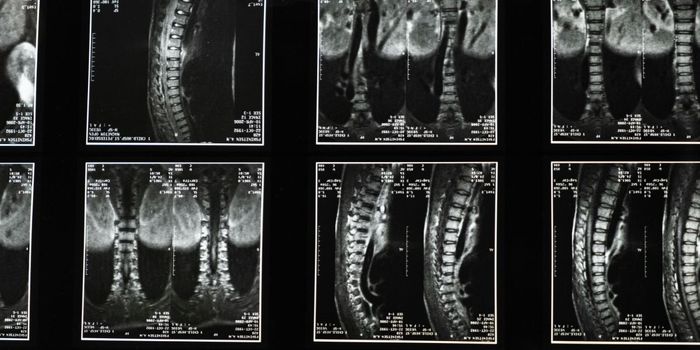A Simple, Affordable Test Strip Could Soon Be Used to Detect Allergens in Food
A food allergy occurs when the body has a specific, reproducible immune response to certain foods. This immune response can lead to severe symptoms such as anaphylaxis, a severe reaction during which the blood pressure drops suddenly and the airways narrow, blocking breathing. Anaphylaxis can be fatal and must be treated with epinephrine.
Food sensitivities are also a concern for many people. Intolerances or sensitivities to food can lead to chronic gastrointestinal symptoms. Since there is no cure for food allergies and for many food intolerances, the only way to prevent a reaction is by avoiding the food altogether.
In the United States, the U.S. Food and Drug Administration requires that companies list ingredients on all packed foods and beverages. Still, those with food allergies may have difficulty determining whether food items contain an allergen, especially at a restaurant or in settings where a list of food ingredients is unavailable.
A group of researchers from the Universitat Politècnica de València and the Inter-University Institute of Molecular Recognition and Technological Development (IDM) have proposed a new inexpensive and convenient method of detecting food allergens. The test uses a reactive strip similar to a Covid-19 rapid test to detect the presence of a specific food allergen.
“Identifying and quantifying [allergens] before the food is consumed is essential, and this is what the test we have developed allows," says Sergi Morais, professor in the Department of Chemistry at the Universitat Politècnica de València and researcher at the Inter-University Institute of Molecular Recognition and Technological Development (IDM).
The researchers estimate that the test will cost less than one dollar per strip. The testing method is as simple as using a portable grinder to prepare a sample of the potential allergen, then adding 5 mL of a solution, and finally immersing a test strip in the solution. The result is obtained in less than 5 minutes.
“We want anyone to be able to analyze a food just before consuming it," adds Morais.
Sources: Centers for Disease Control and Prevention, Cleveland Clinic, Biosensors








